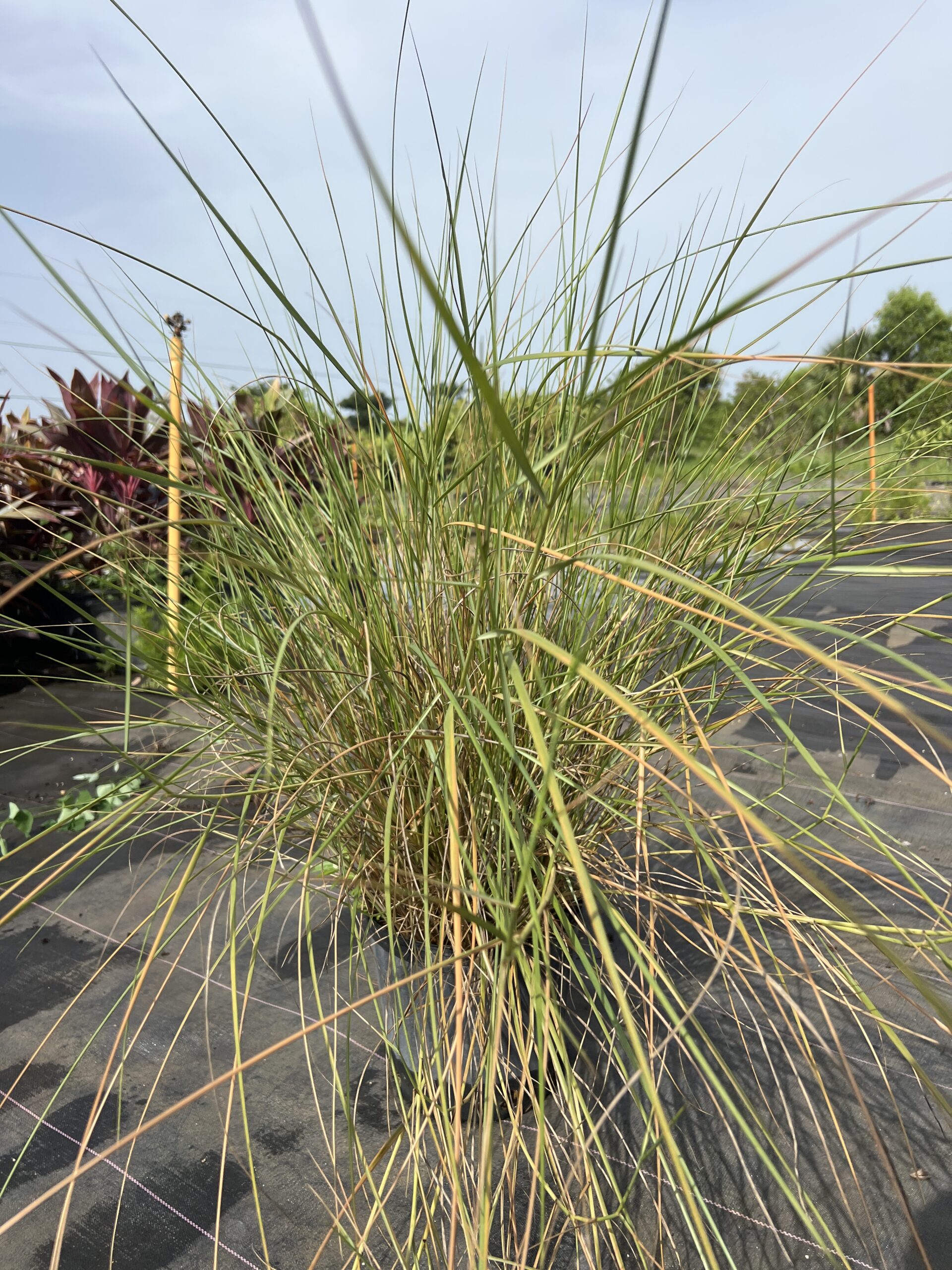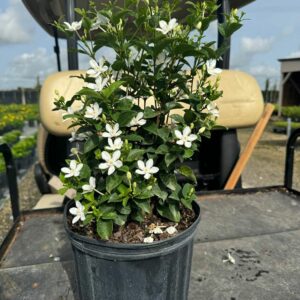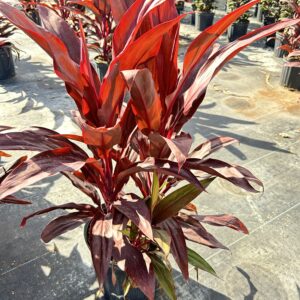Cord Grass
Cordgrass (Spartina species) is a versatile, hardy plant ideal for erosion control and wetland restoration. It grows 3 to 6 feet tall, sometimes up to 8 feet, and thrives in USDA Zones 4 to 9. Preferring full sun and moist to wet soils, it requires minimal maintenance, such as occasional trimming. Cordgrass features inconspicuous flowers and can spread widely, making it suitable for large garden beds, rain gardens, and shoreline stabilization. Note that some varieties can be invasive, so check local guidelines before planting.
$22.63
Availability: In stock
Related products
-
All Products
Asian Snow Jasmine
$24.90 This product has multiple variants. The options may be chosen on the product page -
All Products
Auntie Lou Ti
$22.63 This product has multiple variants. The options may be chosen on the product page
Cordgrass, particularly Spartina species, is a versatile and hardy plant used in various landscaping scenarios. Here’s a comprehensive guide to its care, size, flowering, hardiness, and more:
Size
Height: Typically ranges from 3 to 6 feet tall, though some varieties can grow up to 8 feet in ideal conditions.
Spread: Can spread up to 4 feet wide, forming dense clumps or mats.
Flowers
Appearance: Cordgrass produces small, inconspicuous flower spikes that are not particularly showy. The primary appeal of the plant is its foliage and the role it plays in erosion control and habitat creation.
Bloom Time: Flowering usually occurs in late summer to early fall.
Hardiness Zone
Zones: Most cordgrass species are hardy in USDA Zones 4 to 9, depending on the specific variety and local conditions.
Landscaping Use
Erosion Control: Excellent for stabilizing soil along shorelines, riverbanks, and in wetlands.
Wetland Restoration: Commonly used in restoring natural wetlands and creating buffer zones.
Landscape Design: Can be used in rain gardens, prairie gardens, and as a backdrop in large garden beds. It provides vertical interest and texture.
Care
Sunlight: Prefers full sun to partial shade, but most do best with plenty of sunlight.
Soil: Thrives in a variety of soil types, including sandy, clay, or loamy soils. It is especially well-suited to wet, saline, or alkaline soils.
Watering: While it is very tolerant of wet conditions and occasional flooding, it does best with consistent moisture. It is also drought-tolerant once established.
Maintenance: Minimal; generally, it only requires occasional cleaning of dead foliage. Cutting back old stems in late winter or early spring can promote new growth.
Additional Tips
Spacing: If planting in a garden, give it plenty of space to spread out. Avoid planting too close to other species that might compete for resources.
Invasive Nature: Some Spartina species can be invasive, so it’s important to check local regulations and consider non-invasive alternatives if you’re planting in a natural or semi-natural area.
Wildlife: Provides habitat and food for various wildlife species, including birds and insects.
Cordgrass is a robust plant that offers functional benefits in landscaping and ecological restoration projects, making it a valuable addition to many gardens and natural settings.
| Size | 3 Gallon |
|---|



